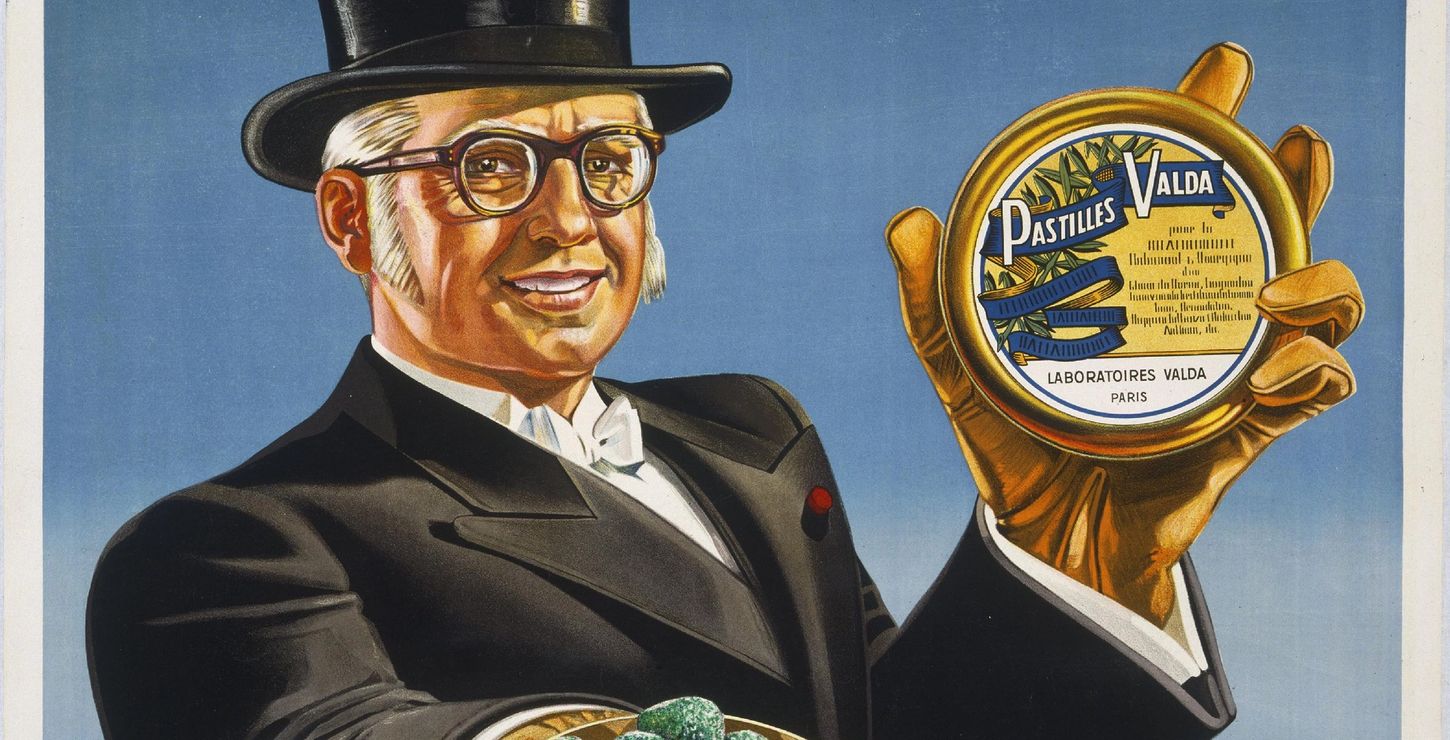Main Building
The rise of the medical profession and the heightened concern with issues of public health in the late eighteenth century gave birth to a varied genre of imagery whose purposes developed and changed over time. The concurrent invention of lithography and the mechanization of the printing press spread the messages of these images in increasing numbers to an ever-widening public. Taken as a whole, the diverse group of printed images of medicine and pharmacy exhibited here mock and entertain, promote the benefits of products, address issues of social welfare, and advertise events; some of them even appeared on objects designed for practical use. Although most began as pieces of ephemera, all of them quickly attracted collectors who have delighted not only in their messages but also in their lively and creative designs. The earliest works in this exhibition are caricatures, many produced during the golden age of the caricature in late eighteenth- and early nineteenth-century England. Before the advent of lithography, caricatures were printed from etched plates and hand-colored. Artists created biting social and political allegories that gave the intricacies of government an understandable connection to the viewer's own experience: the nation as the ailing patient and its bungling governors as doctors struggling for a cure formed a recurrent theme that appears from the etched caricatures of James Gillray in England to the later lithographs of Honoré Daumier in France. While they are vastly different in scale, medical posters and printed ephemera convey messages that make a stronger and more direct appeal to the viewer than does the often obscure imagery of the caricatures. Posters and trade cards reached the height of their popularity in the second half of the nineteenth century, when color lithography revolutionized pictorial printing, allowing mass production and mass marketing of images for public consumption. Artists like Jules Chéret turned the commercial poster into an art form that was also immediately pursued by collectors. Eventually artists created images that would become symbolic of the products advertised, such as Leonetto Cappiello's dynamic Le Thermogène. The use of posters in promoting public health issues has continued to the present day, from Ramón Casas's Syphilis of 1895 to David Lance Goines's AIDS Prevention of 1985. From the earliest engraved cards and labels of doctors and pharmacists to the mass-produced color lithograph sheet music covers, trade cards, and other items, medical ephemera covered a range of subjects and object types. Trade cards in particular carried messages that promoted a service or product. Often they were produced as stock items with images barely related to the product advertised; others were designed on commission for a specific purpose. The cards were issued in sets, encouraging collectors to paste them into albums, which is why so many have survived today. This exhibition is a selection from the large collection of printed images of medicine and pharmacy formed over the past twenty-five years by William H. Helfand, who has generously donated or promised these objects to the Philadelphia Museum of Art, thereby significantly enriching its renowned Ars Medica collection in the area of popular and commercial art.
